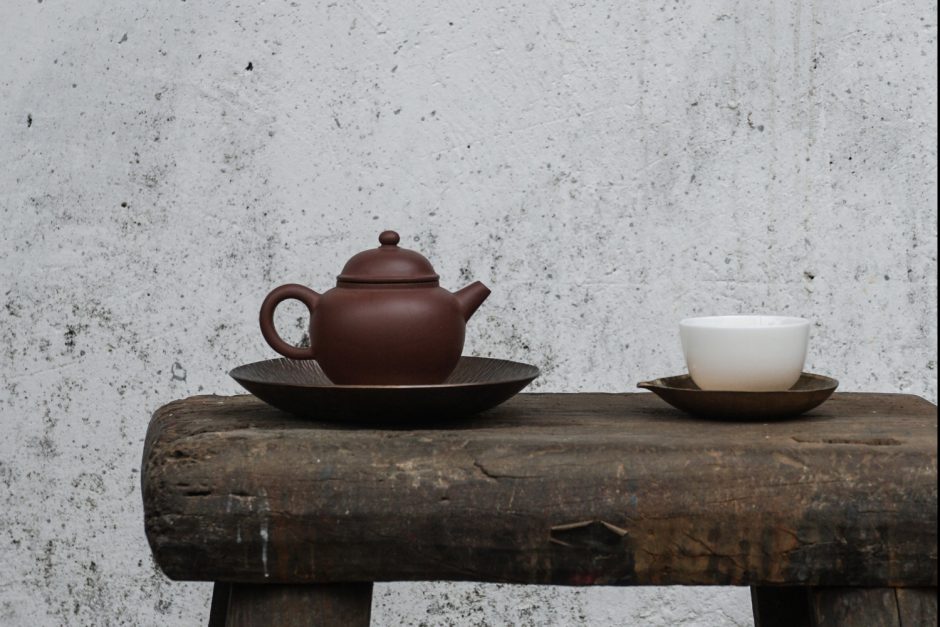Beverages are evermore a part of our routine, and every cuisine has its own unique beverages to offer. In Korea, however, from preparation to drinking, tea was traditionally regarded less as a beverage and more as an experience. The experience is described as the one that appeals to all five senses.
Tea drinking in Korea began with a beverage made from tea seeds brought from China during the Silla Dynasty (57 B.C.-A.D. 668), which was influenced by the Chinese art of tea.
Traditional Korean teas have a myriad of health benefits, which helps warm or cool the body. They also have a unique taste that eases the mind and senses.
Korean teas are also brewed by roasting the rice which adds a distinctive flavour to it, which are known as Barley Teas. Tea-drinking is always associated with a rich ceremonial tea culture which is indigenous to Korea. These facts about Korean tea culture are sure to blow anyone away.
Here are 7 interesting facts about the Korean Tea Culture
- In Korea and other Southeast Asian countries, the tea culture and ceremony is practised to foster harmony in nature and humanity, strengthen the mind, and attain enlightenment.
- During the reign of Koryo Dynasty (10th to 14th centuries) in Korea, tea played a part in many aspects of its culture, poetry, drama, art, and song. It was served in a ceremony known as Ch’a-rye meaning ‘Tea Ritual’.
- Korean Buddhist tea ceremonies focused on spiritual awakening which symbolised purification, absorption, and meditation attained by making and drinking tea.
- At one point, Korean tea and teapots were so famous that the Korean potters who were forced to work in Japan produced some of the finest tea bowls for Japanese Tea Ceremonies, many of which are now considered priceless treasures.
- Korea owes its tea heritage to the Buddhist monks who travelled the globe to teach and spread enlightenment of the self and the alertness that tea brings to Buddhist meditations.
- Hon-ta, a tea ceremony, was part of the Buddhist tradition in which green tea was offered to the Buddha residing in local temples.
- Chong Yak-Yong (1762-1836), a disciple of monks at temples near Kangjin, was instrumental in forming a tea lovers’ society. It is said that he and his disciples grew tea here, which flourished in the area even years after he passed. He is often referred to as Tasan or Tea Mountain.






You must be logged in to post a comment.